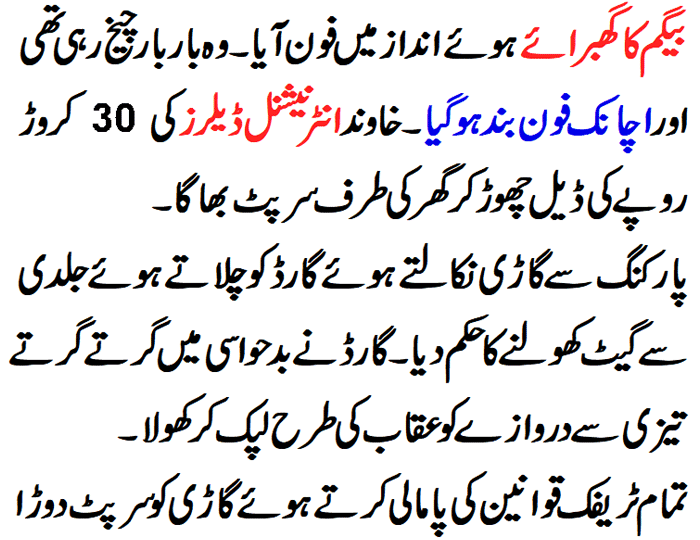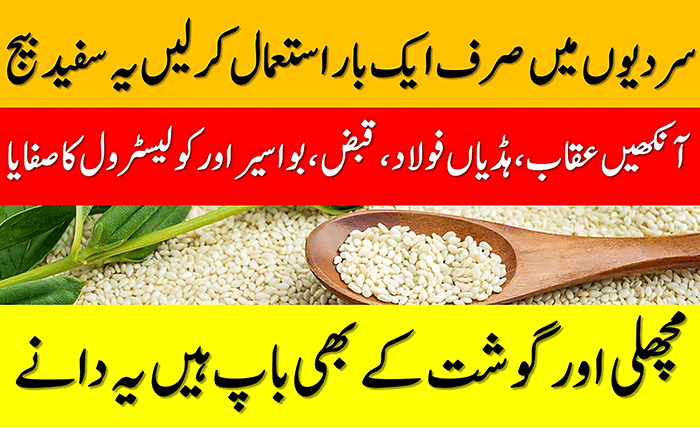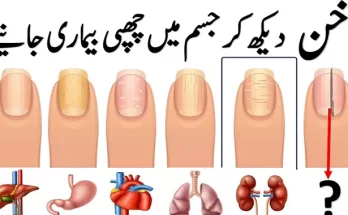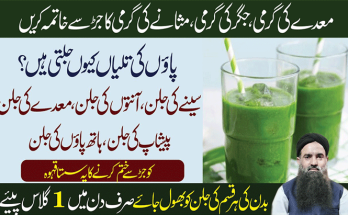
Iron deficiency is a condition caused by not having enough iron to make red blood cells. Red blood cells are responsible for carrying oxygen throughout your body and iron is an essential component of hemoglobin, the protein that binds oxygen in red blood cells.
When you have iron deficiency, your red blood cells may become small, pale and unable to carry enough oxygen. This can lead to a condition called anemia, which means you have a low number of red blood cells. Anemia can cause various signs and symptoms, depending on the severity and duration of the condition.
Iron Deficiency Anemia Treatment with Home Remedy
If you experience any of the following signs and symptoms, you should consult your doctor for a blood test to check your iron levels and diagnose iron deficiency anemia.
Iron Deficiency Anemia signs and symptoms
Some of the common signs and symptoms of iron deficiency anemia are:
Fatigue and weakness.
You may feel tired and weak all the time, or only after physical activity. You may also have difficulty concentrating or performing daily tasks.
Pale skin and mucous membranes.
You may notice that your skin, lips, nails, and inner lining of your eyes are paler than usual. This is because your blood does not have enough hemoglobin to give them a healthy color.
Shortness of breath and chest pain.
You may have trouble breathing or feel chest pain when you exert yourself, such as climbing stairs or exercising. Your heart must work harder to circulate oxygen-rich blood throughout your body.
Dizziness and headache.
You may feel dizzy or lightheaded, especially when you stand up or change positions. You may also have headaches or ringing in your ears. This is because your brain does not receive enough oxygen.
Cold hands and feet.
You may feel cold in your extremities, even when the temperature is warm. This is because your blood circulation is impaired by the lack of oxygen.
Brittle nails and hair loss.
You may notice that your nails are brittle and break easily, or that your hair is thinning or falling out. This is because your body does not have enough iron to support the growth of these tissues.
Cravings for non-food items.
You may have a strange desire to eat non-food items, such as ice, dirt, clay, or paper. This is called pica, and it may be a sign of severe iron deficiency.
Iron Deficiency Anemia Causes:
Blood loss. You may lose blood from heavy menstrual periods, ulcers, bleeding disorders, injuries, surgeries, or cancer.
Poor absorption. You may not absorb enough iron from your food due to conditions that affect your digestive system, such as celiac disease, Crohn’s disease, or gastric bypass surgery.
Pregnancy. You may need more iron during pregnancy to support the growth of your baby and placenta.
Diet. You may not get enough iron from your diet if you eat mostly plant-based foods or limit animal products. Iron from animal sources (heme iron) is more easily absorbed by your body than iron from plant sources (non-heme iron).
Medicine. You may take medications that interfere with your iron absorption or increase your iron loss, such as antacids, proton pump inhibitors, aspirin, or nonsteroidal anti-inflammatory drugs.
Iron Deficiency Anemia Treatment:
Treating low iron levels depends on what’s causing it and how serious it is. Your doctor might give you iron supplements to boost your iron levels and fix the main issue. They might also suggest changes to your diet and lifestyle to stop it from happening again.
Some of the dietary and lifestyle changes that can help prevent or treat iron deficiency anemia are:
– Eat more iron-rich foods. You should include foods that are high in heme iron, such as meat, poultry, fish, eggs, and liver. You should also eat foods that are high in non-heme iron, such as beans, lentils, tofu, spinach, kale, dried fruits, nuts, seeds, and fortified cereals.
– Enhance your iron absorption. You can improve your iron absorption by eating foods that are high in vitamin C (such as citrus fruits, tomatoes, and peppers) or taking vitamin C supplements along with your iron-rich foods or supplements. You should also avoid drinking tea, coffee, milk, or calcium supplements within two hours of eating or taking iron-rich foods or supplements.
– Avoid excessive blood loss. You should talk to your doctor if you have heavy menstrual periods or other sources of bleeding that may contribute to your iron deficiency. Your doctor may prescribe medications or procedures to reduce your blood loss.
– Follow your doctor’s advice. You should take your iron supplements as prescribed by your doctor and follow up with regular blood tests to monitor your iron levels and response to treatment.
Iron deficiency anemia is a common and treatable condition that can affect your quality of life and health. By recognizing the signs and symptoms, identifying the cause, and following the treatment plan, you can prevent or reverse iron deficiency and restore your energy and well-being.







